-
llkktth160 ha inviato un aggiornamento 2 anni, 5 mesi fa
http://www.sunawevalve.com/
A study on the flow characteristics of butterfly valve with bafflesThe butterfly valve was originally used where a tight closure was not absolutely necessary. However, over the years, these valves have been manufactured with fairly tight seals made of rubber or elastomeric materials that provide good shut off similar to other types of valves. Butterfly valves are used where space is limited. Unlike gate valves, butterfly valves can be used for throttling or regulating flow as well as in the full open and fully closed position. The pressure loss through a butterfly valve is small in comparison with the gate valve. The L/D ratio for this type of valve is approximately one-third of that of a gate valve. Butterfly valves are used in large and small sizes. They may be hand wheel–operated or operated using a wrench or gearing mechanism.
Concentric butterfly valves are bidirectional. Double offset and triple offset bi-offset butterfly are also bidirectional but with preferred flow (pressure) direction, such as flow from the stem side. Fig. 2.96 shows the preferred flow direction of a flanged end double offset butterfly valve.
Butterfly valves tend to be cheaper than gate valves because they require less material and less civil works. They are also easier to operate against unbalanced water pressures as the disc pivots about an axis on or near the pipe axis. Consequently butterfly valves are now commonly used in water distribution systems. Butterfly valves can be metal seated or resilient seated; in the latter case the seat is usually made of natural or synthetic rubber and is commonly fixed to the body of valves of smaller sizes or to the disc. Plate 28(b) shows a resilient seated butterfly valve.
Resilient seated valves can remain virtually watertight, even after prolonged use in silty water. Therefore, resilient seats are usually specified for isolating valves in distribution systems. Resilient seated valves may also be used for control purposes but, if operated at small openings, the seal may be damaged. Solid rubber is the material usually used for resilient seatings: inflatable seals have been used on very large valves but not always with success. Metal seated butterfly valves do not have tight shut-off characteristics and are mainly intended for flow control purposes where they need to be held in the partially open position.
Distribution network pipe systems are now designed to produce self-cleaning velocities at least once every 24 hours and should not need swabbing as part of normal operation. A transfer pipeline may need to be swabbed periodically. Butterfly valves on the line prevent the passage of foam swabs (except for very soft ones) but this does not usually pose a problem if the valves are spaced sufficiently far apart to allow the pipe to be cleaned in sections. Short lengths of pipe either side of the valve are made removable so that the cleaning apparatus can be inserted and removed.
Butterfly valves should normally be mounted with the spindle horizontal since this allows debris in the pipe invert to be swept clear as the valve is closed. Where the spindle is vertical solids can lodge under the disc at the spindle and cause damage to the seal. Disc position indicators are useful and strong disc stops integral with the body should be specified, so that the operator can feel with certainty when the disc is fully closed or fully open.
